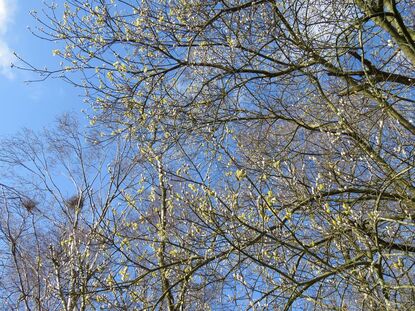 Witches' broom on birch (left). Willow catkins ( right).
Witches' broom on birch (left). Willow catkins ( right). Sunlight catches bubbles on the surface of pools, bubbles and the thick jelly of frogspawn with dark flecks of tadpoles. Close-up, they look like abstract paintings.
In March, seeds of last summer’s bulrush drift on a chill wind. The sun illuminates the seed-heads of bulrush (Great Reed Mace, Typha latifolia) and reeds ( phragmites).
March is a season of catkins. The rich bronze of bog myrtle catkins, the silver buds of willow that burst into gold and shed their pollen. Birch catkins are small and slender, less spectacular.
Back at the car park, birds gather on the feeders crammed with peanuts.
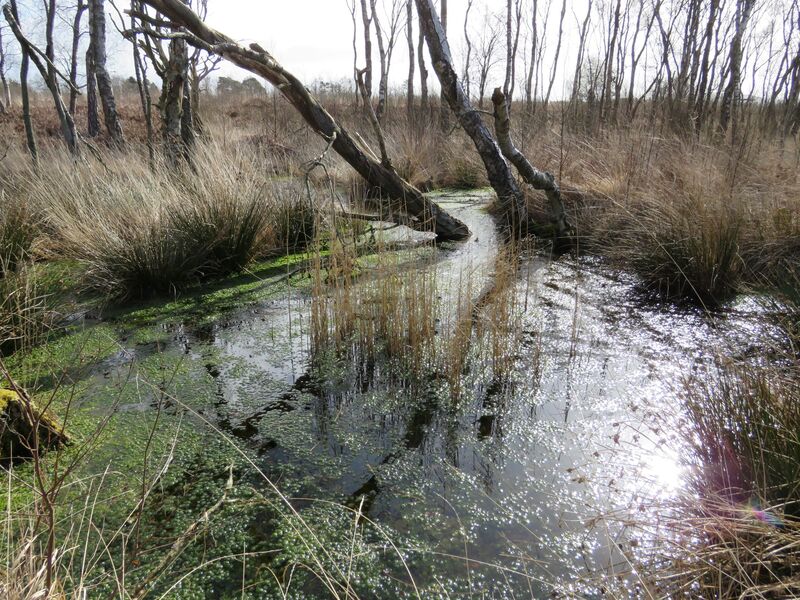

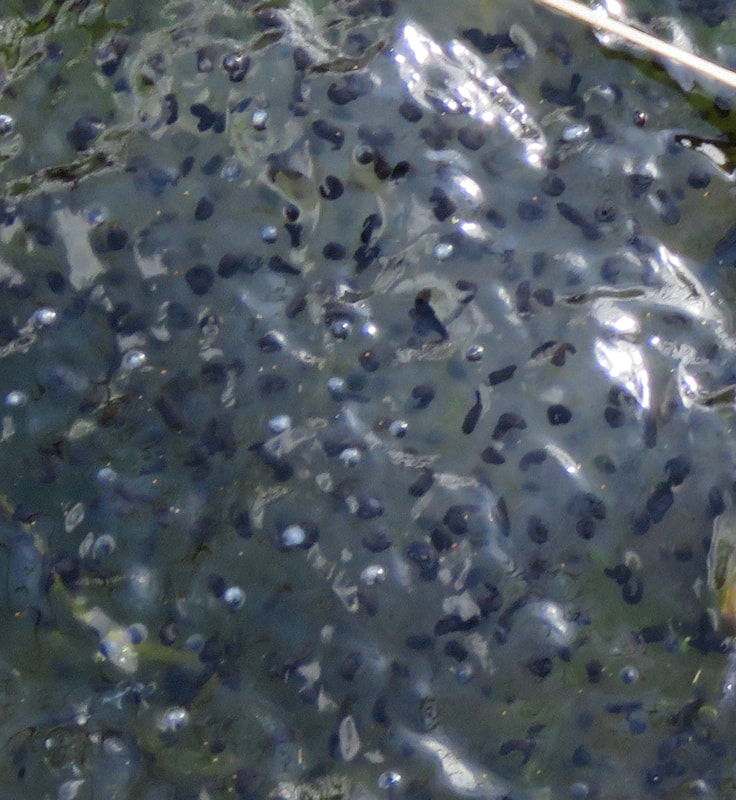
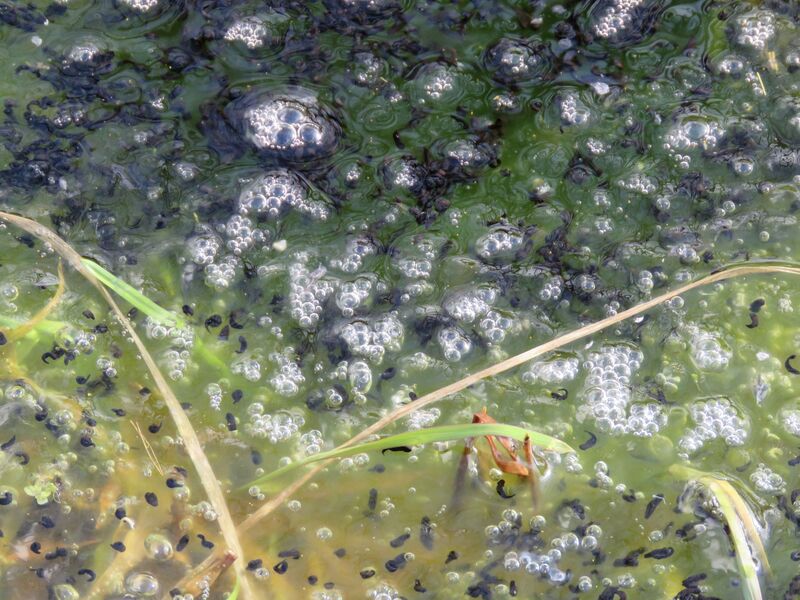
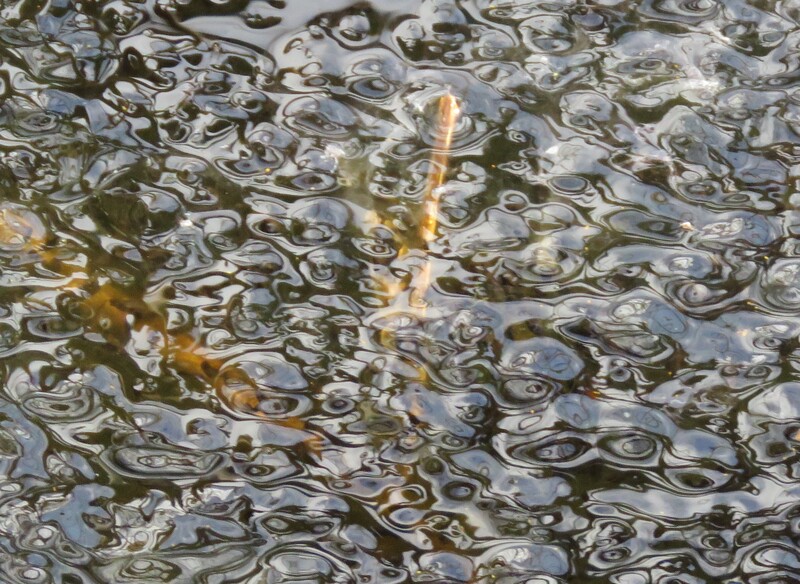

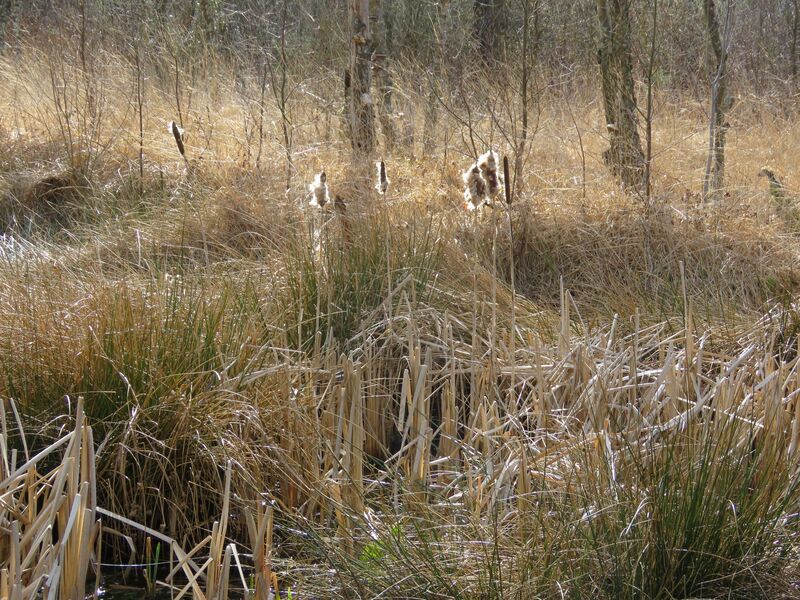
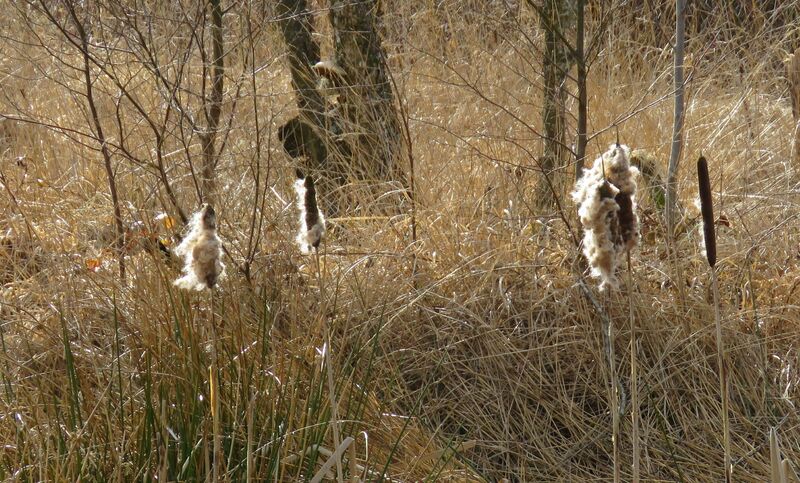
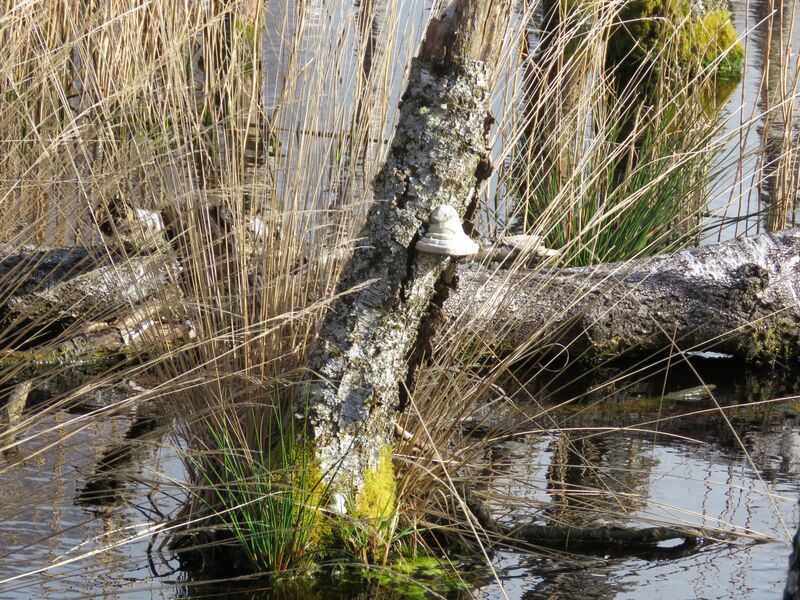
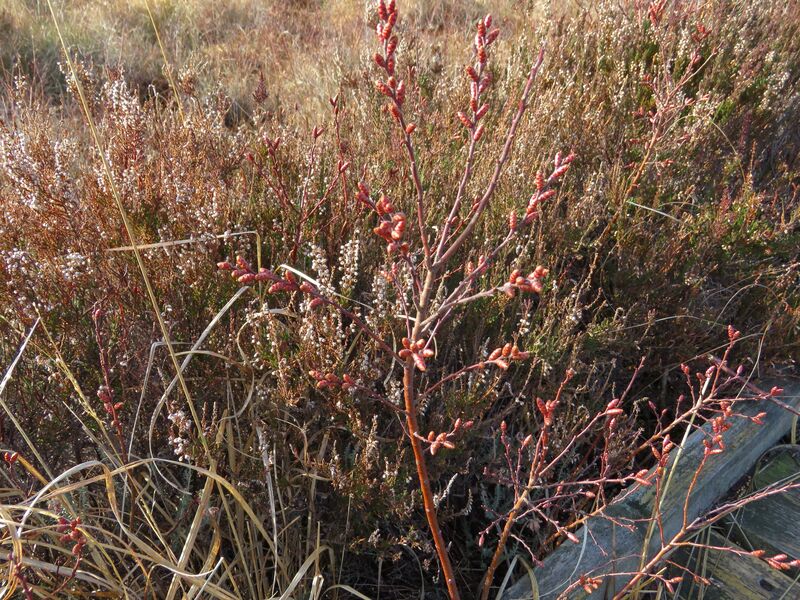
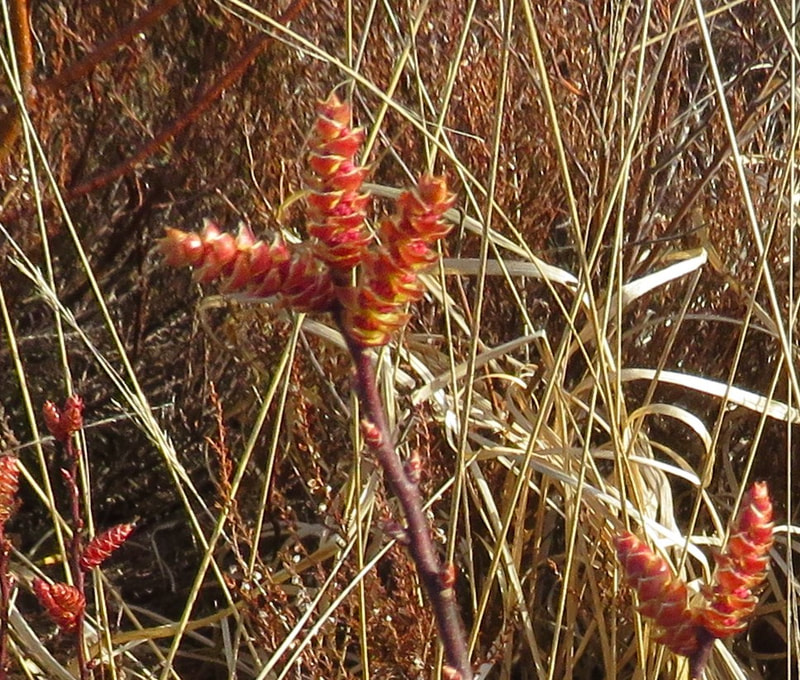
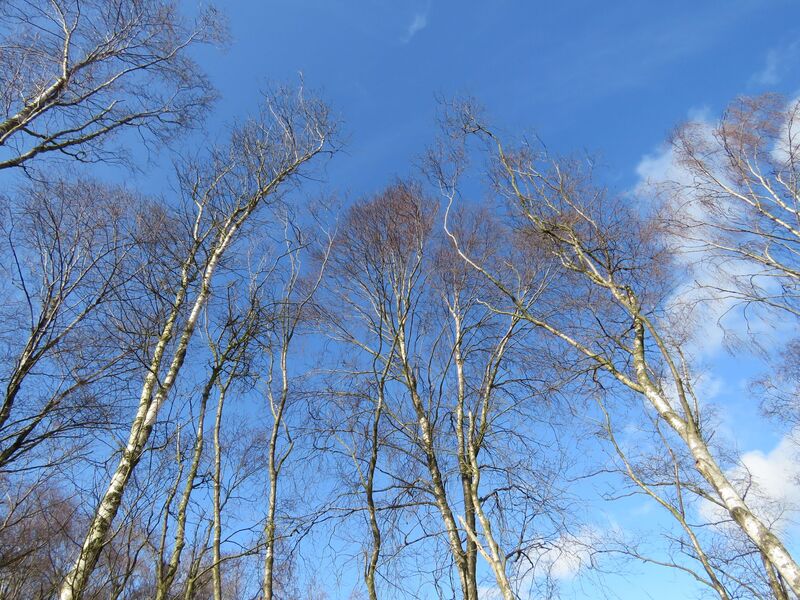
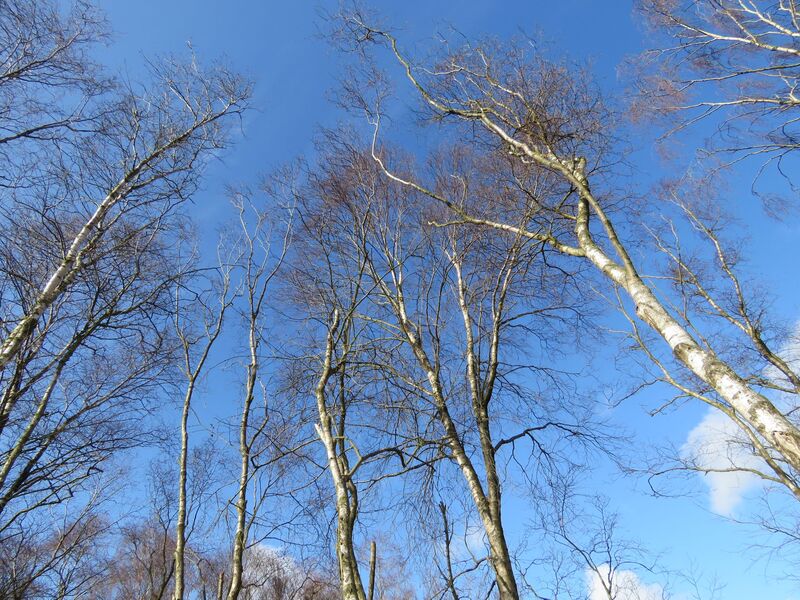
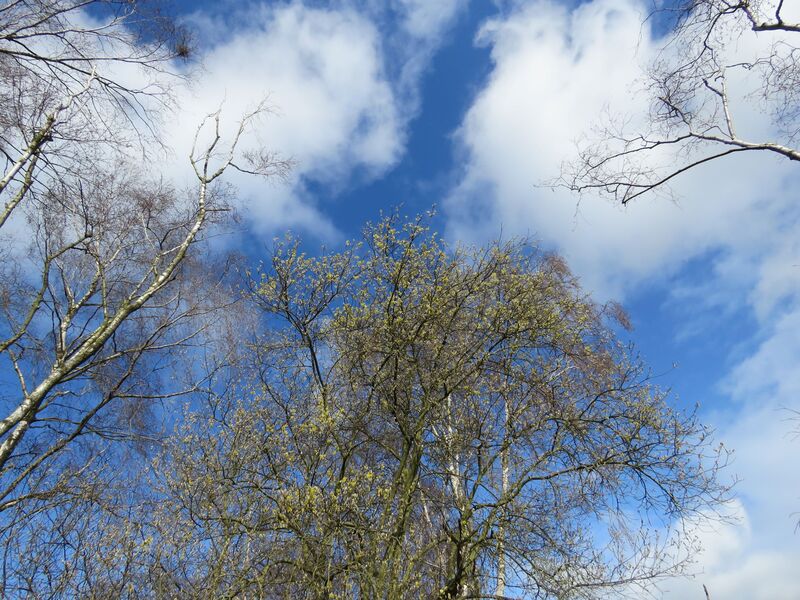

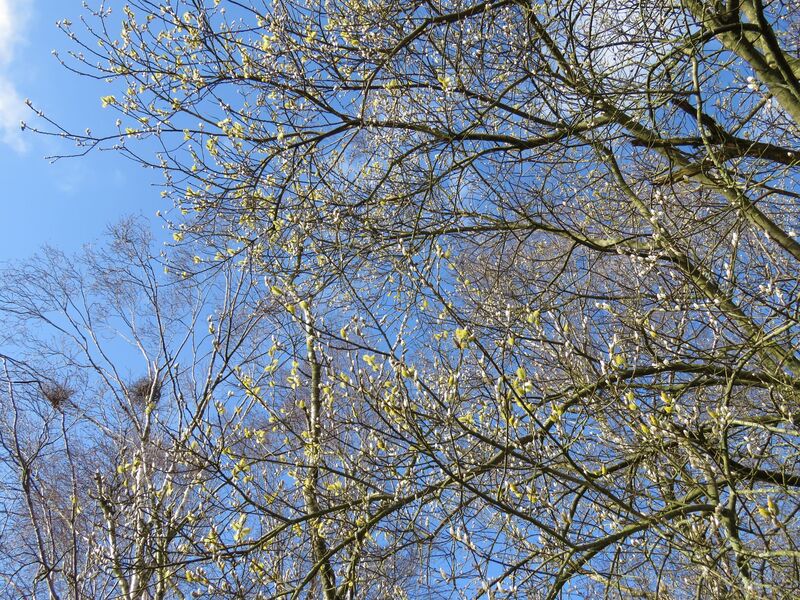
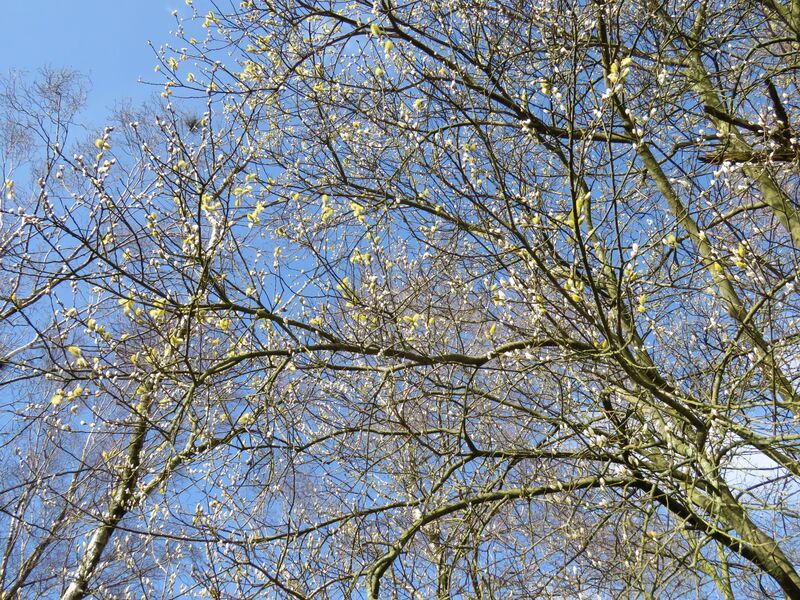
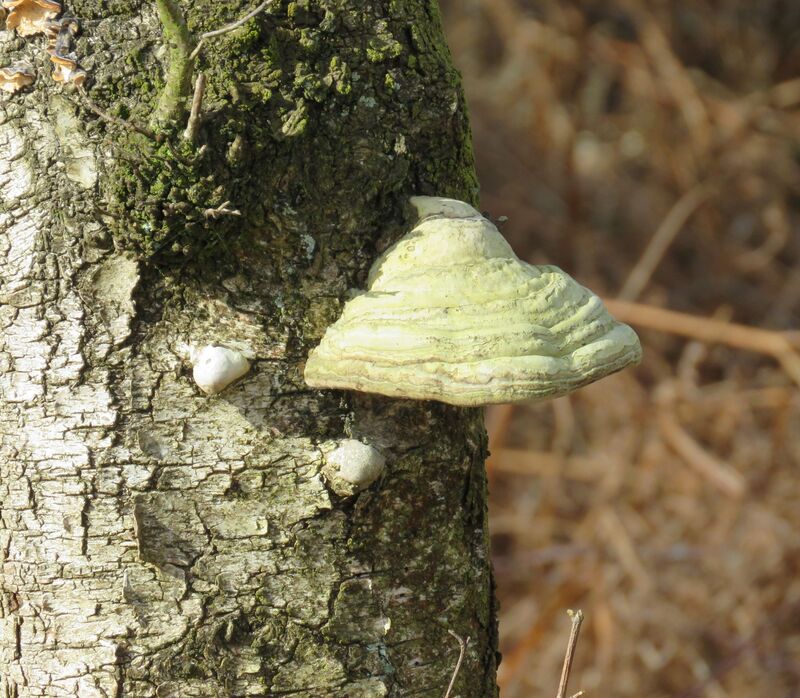
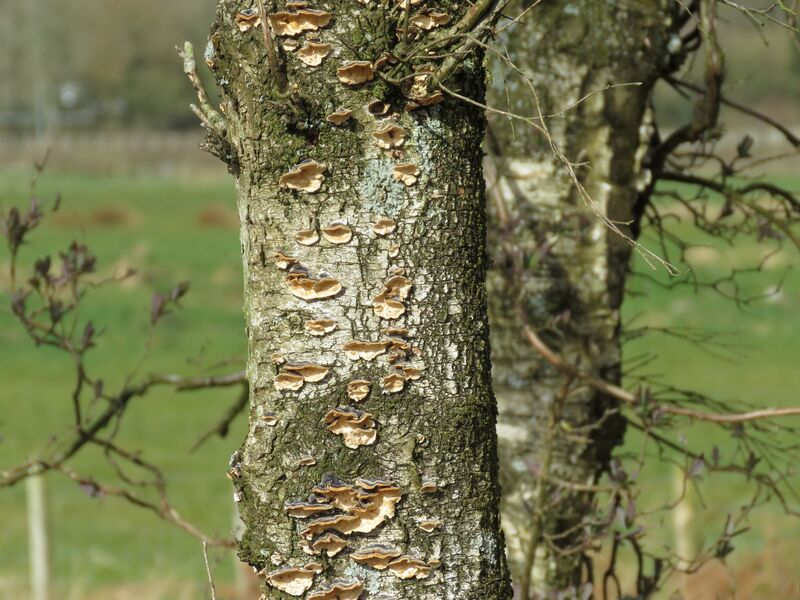
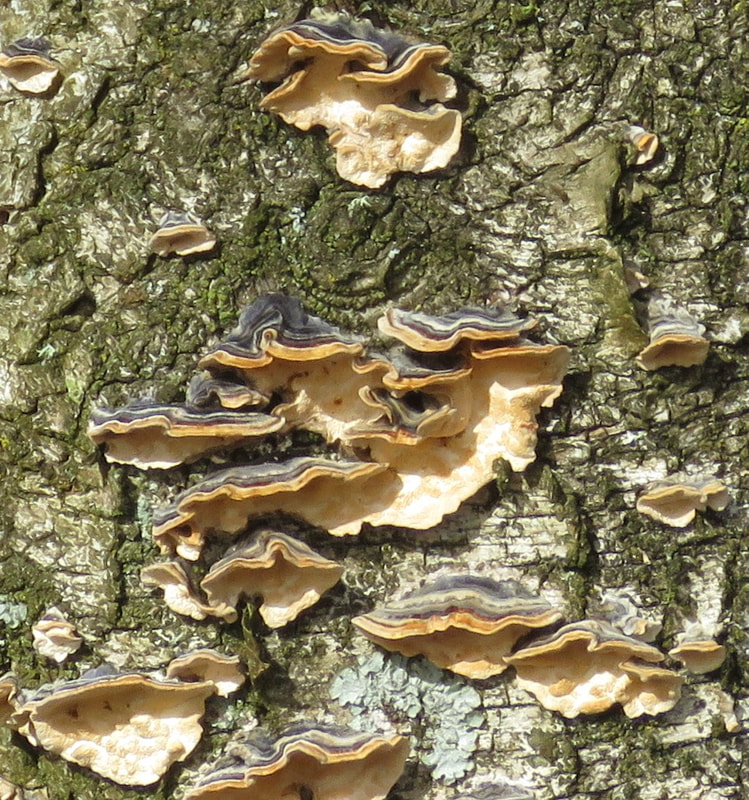
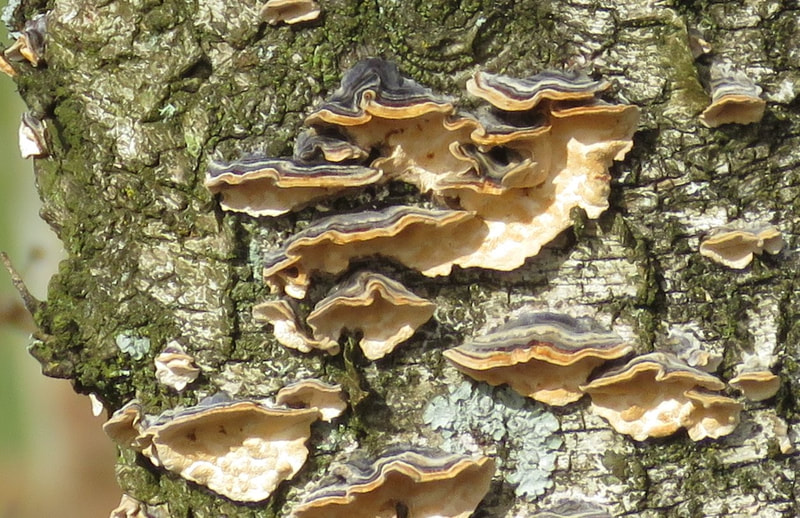
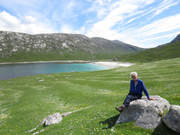
 RSS Feed
RSS Feed